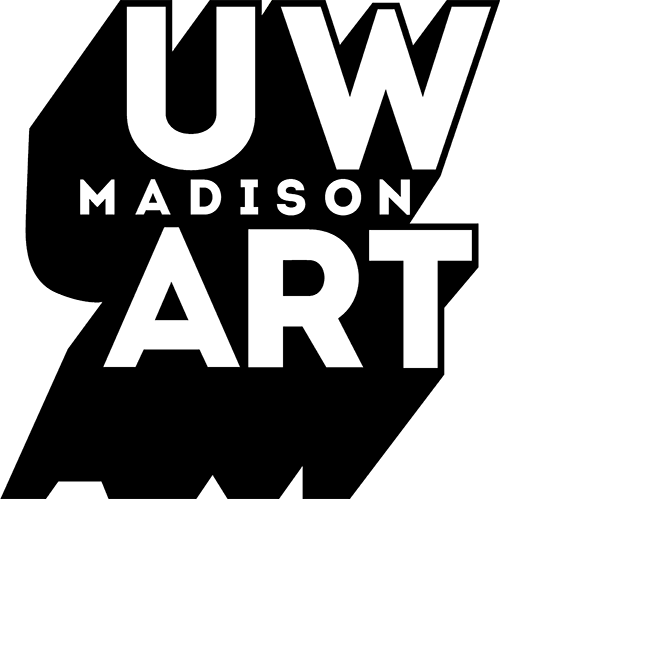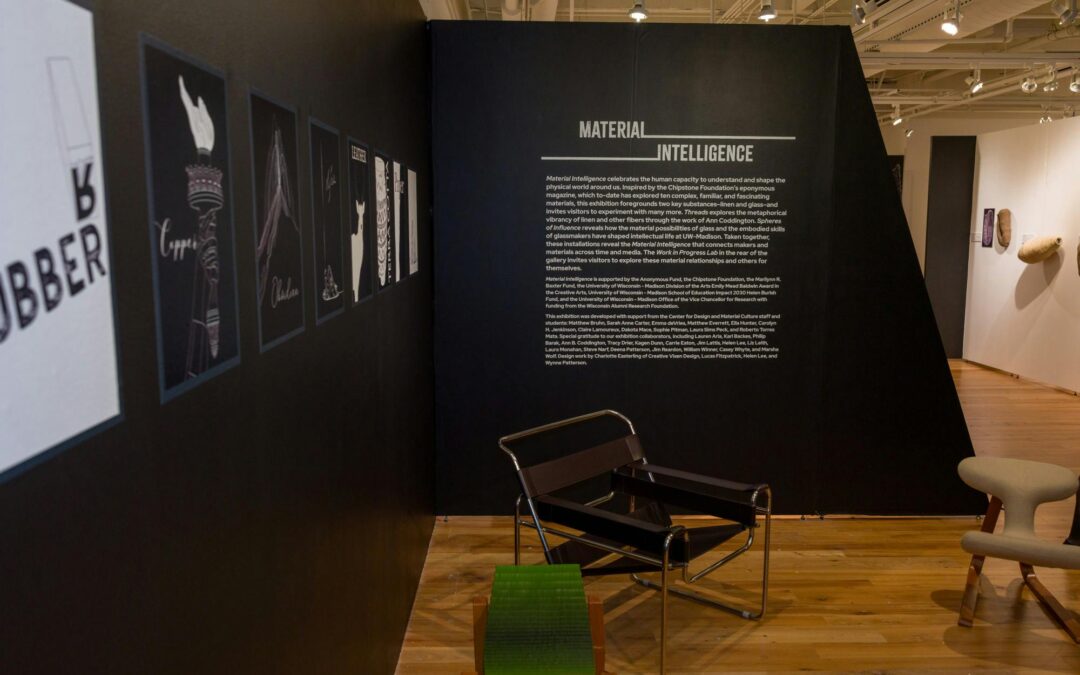When you walk into the School of Human Ecology’s Ruth Davis Design Gallery from now until March 9, you’ll be greeted with materials of all kinds — cascading, thread art installations, glass sculptures, funky chairs and more — each demonstrating how humans shape our world through materials.
The “Material Intelligence” exhibit, free to the public, is a culmination of materials that we use as humans, innovators and adaptors that shape our physical surroundings, inspired by the Material Intelligence online publication.
This exhibit in particular, explores two materials: glass in a research, educational and museum-style display as well as threads in a more gallery-style manner.
“Materials can help us think about an artist’s practice and vision, materials can help us think about glass as a research material — the ‘Material Intelligence’ idea can contain all of those, and we wanted to show that both through the work we display and how we display that work,” said Sarah Ann Carter, material intelligence curator and executive director of the Center for Design and Material Culture.
On the left side of the exhibit, “Threads: Natural Fibers and Living Lines,” a linen and fiber display, showcases the work of Ann Coddington, fiber artist and professor emeritus from Eastern Illinois University. Coddington devotes a lot of her time to her studio practice, teaching and creating designs that practices up to hundred-of-thousands of years old.
“It’s really interesting to be engaging in a practice with such an ancient history in this current, sort of modern, digital age and extend that practice into the future,” Coddington told The Daily Cardinal.
Coddington’s art presents in dynamic ways, embodying movement and sculptures that emerge from natural fibers. Her portion of the exhibit is more gallery-style, the artwork is spread out between groups of objects so that you can look at her work as their own, individual pieces of art, according to Carter.
“Ann Coddington’s beautiful, poetic and evocative work in ‘Threads’ helps us think about another kind of material, in this case linen, which can be transformed into the different kinds of sculptures of work in a totally different way,” Carter said.

